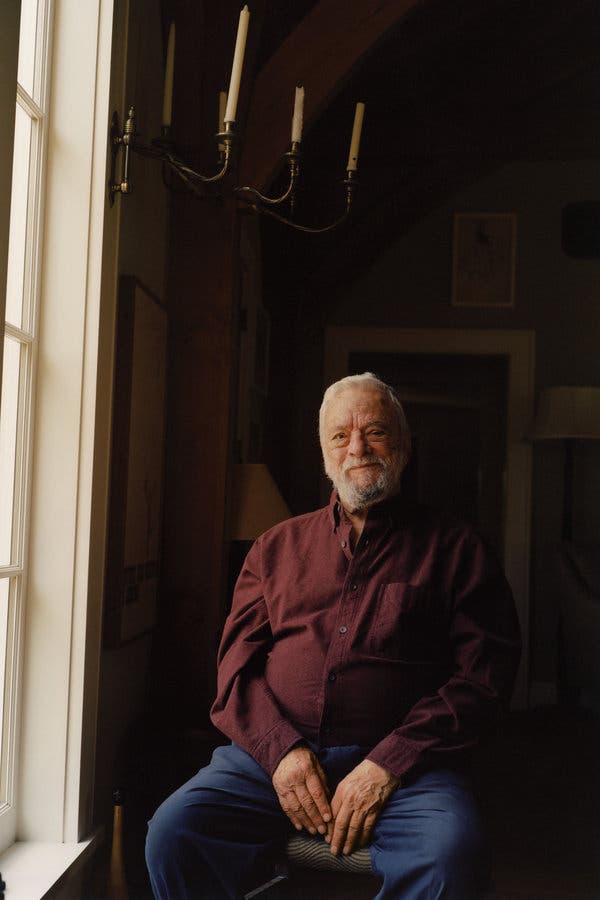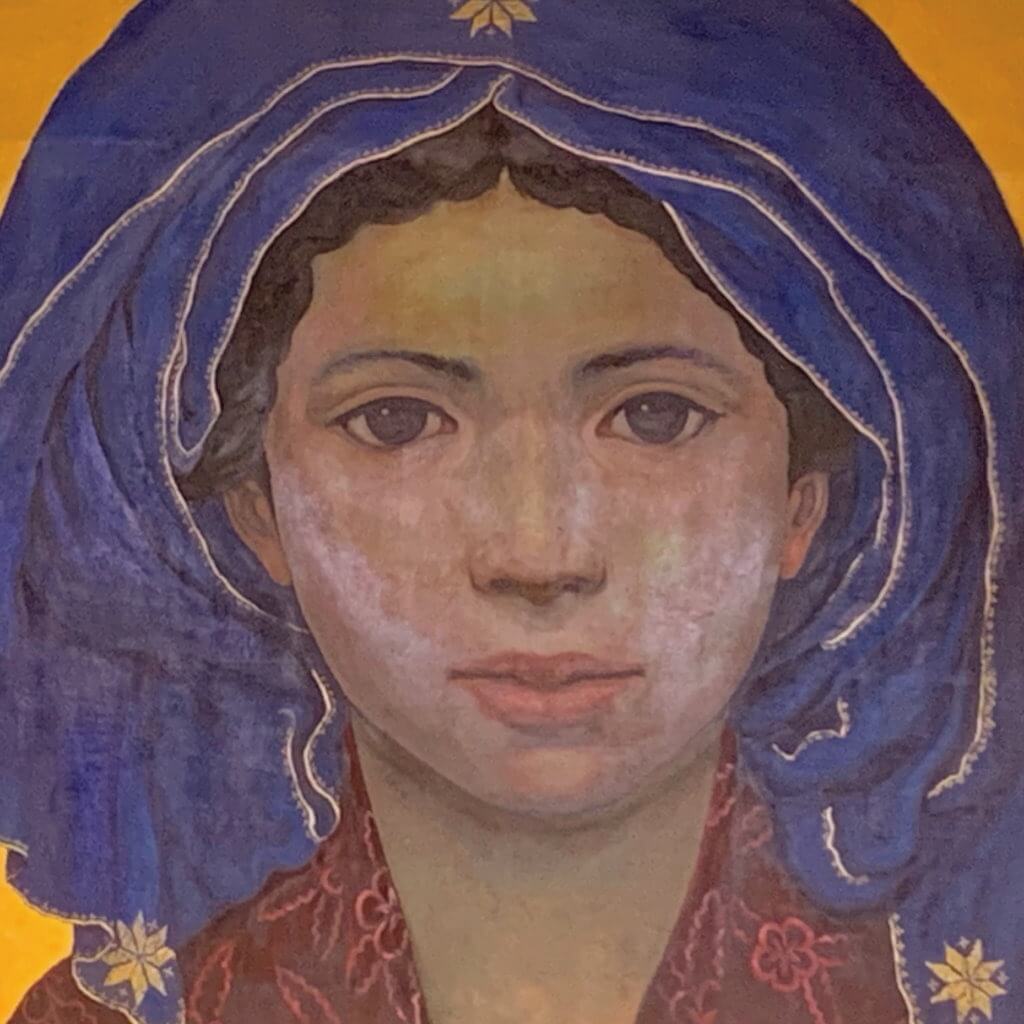Today’s Sunday Gospel reading talks about the Sondheim musical and Tim Burton film, “Sweeney Todd.” Stephen Sondheim celebrated his 90th birthday recently, so this is my own tribute to a songwriter who has through the years been such an inspiration and influence–and who has so often–through the haunting, profound lyrics of his songs–taken the words right out of my heart.

There are many things you don’t expect to find in Stephen Sondheim’s “Sweeney Todd.” After all, it’s a dark and strange musical that tells the story of an embittered barber who cuts his clients’ throats, and with the help of his partner, Mrs. Lovett bakes the victims into meat pies!
In such a play (or movie), the last thing you would expect to hear is a love song as tender as “Not While I’m Around.”




 I’d like to talk about this today because in today’s Gospel reading, our Lord asks us to pray–even nag Him like the persistent widow who never gave up on the judge.
I’d like to talk about this today because in today’s Gospel reading, our Lord asks us to pray–even nag Him like the persistent widow who never gave up on the judge. 